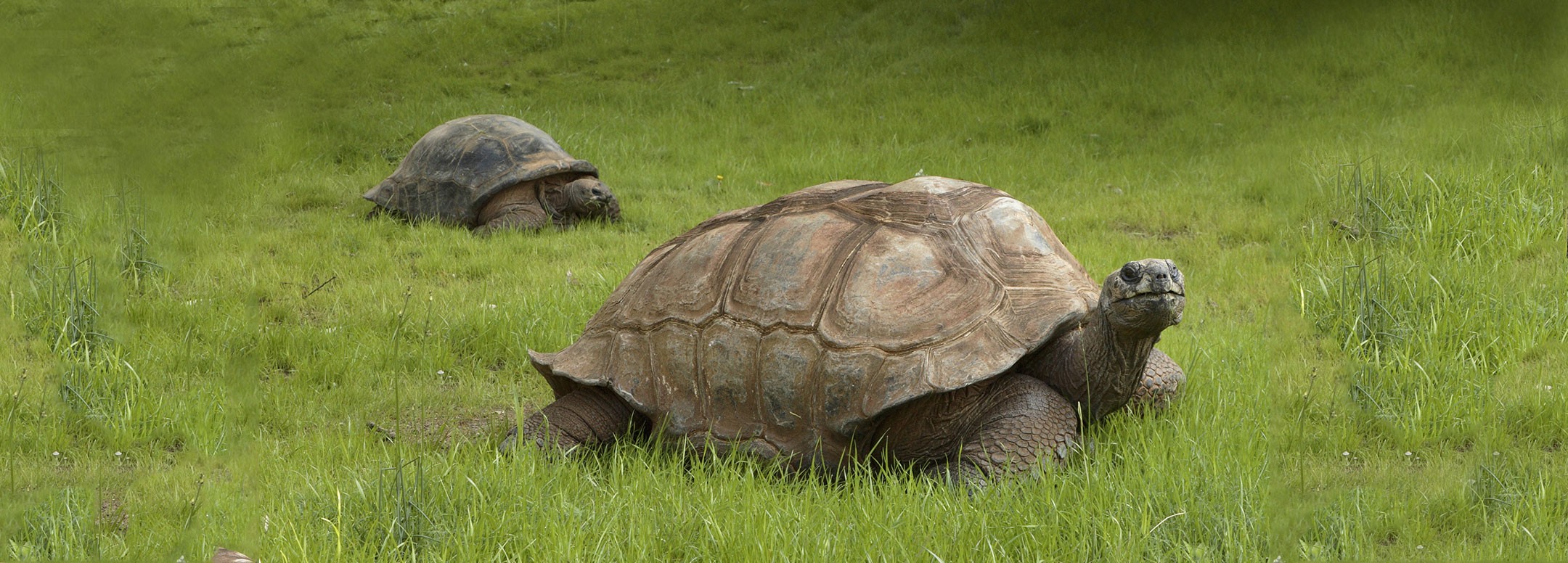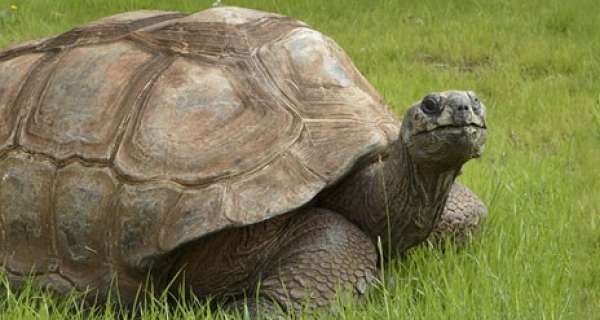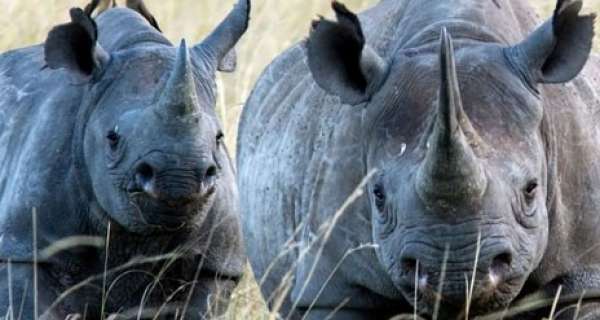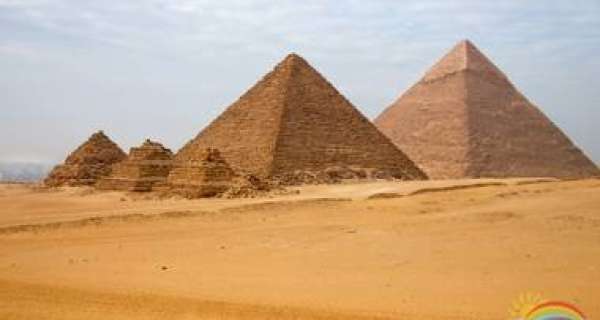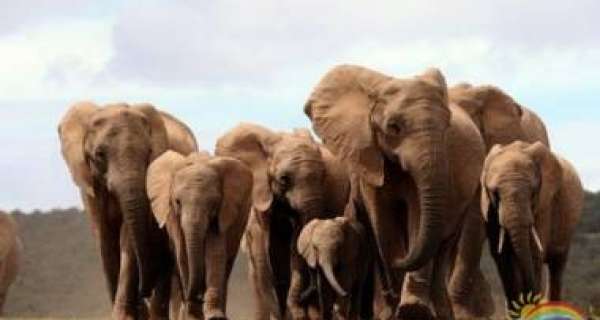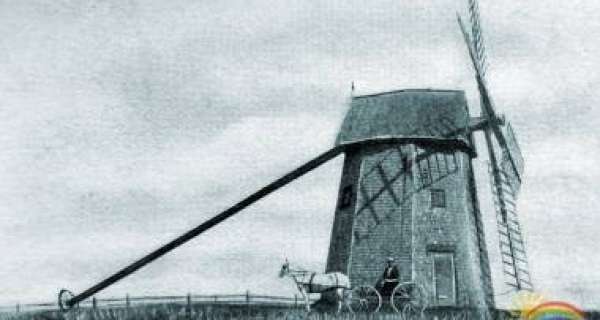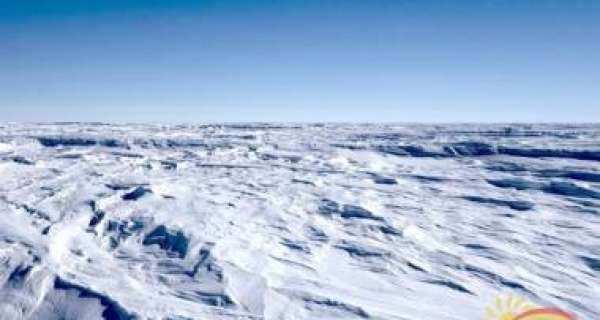The Aldabra Giant Tortoise is a giant species of Tortoise native to the Aldabra Islands in the Indian ocean. The Aldabra giant tortoise is one of the largest species of Tortoise on the planet and is also one of the world's longest living animals,
Aldabra Giant Tortoise Classification and Evolution
with one Aldabra Giant Tortoise individual reaching the grand old age of 255 years old. The Aldabra Giant Tortoise is the only Indian ocean giant Tortoise species alive today as others have now become extinct with the arrival of Human settlers (including the Seychelles Giant Tortoise which is now thought to be extinct in the wild). The Aldabra Giant Tortoise and the Seychelles Giant Tortoise are so similar in both appearance and behaviour that they are actually thought by some to be the same species.
Aldabra Giant Tortoise Anatomy and Appearance
The Aldabra Giant Tortoise has an enormous dome-shaped shell which acts as protective armor to the soft, vulnerable body of the Aldabra Giant Tortoise underneath. The Aldabra Giant Tortoise also has an incredibly long neck which it uses to tear leaves from the branches higher up trees. The male Aldabra Giant Tortoise grows to an average size of 1.1 meters long, with females being slightly smaller at a length of 0.9 meters. The males, although not really that much bigger, are also known to weigh nearly 100kg more than their female counterparts. They are slow-moving animals with thick, short legs and round, almost flat feet that help them when they are walking on the sand.
Aldabra Giant Tortoise Distribution and Habitat
The Aldabra Giant Tortoise is primarily found inhabiting grasslands and swamps on the islands of the Aldabra Atoll (an island of coral that encircles a lagoon partially or completely), which forms part of the Seychelles island chain in the Indian Ocean. They once shared these islands with a number of other giant Tortoise species, but many of these were hunted to extinction in the 1700s and 1800s. Although the Aldabra Giant Tortoise is usually found in areas of dense, low-lying vegetation, the Aldabra Giant Tortoise is also known to wander into more sparse, rocky regions when food is in short supply. The Aldabra Giant Tortoise can also often be found resting in the shade, or in a very shallow pool of water to cool themselves down in the heat.
Aldabra Giant Tortoise Behaviour and Lifestyle
Aldabra Giant Tortoises are found both individually and in herds, which tend to gather mostly on open grasslands. The Aldabra Giant Tortoise is generally most active in the mornings when they spend the most time browsing for food, before the temperature gets too high. The Aldabra Giant Tortoise is also known to dig underground burrows or rest in swamps to keep cool during the heat of the day. Despite being slow and cautious animals, the Aldabra Giant Tortoise is said to be uninterested in the presence of people, indicating that one of the reasons that they were so easy for Human settlers to hunt, was simply because these animals had no fear of them.
Aldabra Giant Tortoise Reproduction and Life Cycles
Female Aldabra Giant Tortoises lay up to 25 rubbery eggs between February and May, into a dry, shallow nest on the ground making them particularly vulnerable to being eaten by introduced predators. It is thought that female Aldabra Giant Tortoises are able to produce more than one clutch a year, which usually hatch after an 8 month incubation period. The baby Aldabra Giant Tortoises tend to all emerge during the same two week period which coincides with the arrival of the rainy season. They are very slow growing reptiles, and often do not reach sexual maturity until they are between 20 and 30 years old. Although some individuals have been known to live for more than 250 years, most live to be between 80 and 120 years old.
Aldabra Giant Tortoise Diet and Prey
The Aldabra Giant Tortoise is a herbivorous animal, spending much of its time browsing for food in its surrounding well-vegetated environment. The Aldabra Giant Tortoise is known to be found in places that are commonly known as "Tortoise Turf", which is an area that contains more than 20 different grass and herb species. Aldabra Giant Tortoises also eat leaves, fruits and berries from the surrounding vegetation and are known to actually reach up on their hind legs to nibble on the treats slightly higher up. One of the biggest blows for the species with the introduction of domestic animals to the islands, was that they had competition for food that wasn't there before. Goats are known to graze very quickly, munching their way through vast areas of the Tortoise's native habitat.
Aldabra Giant Tortoise Predators and Threats
Due to its immense size and natural lack of mammalian predators, the Aldabra Giant Tortoise adults were thought to have no predators in the wild (the more vulnerable and smaller young are said to have been hunted by a giant species of Crab that lives in burrows on the atoll). However, with Human settlers came introduced predators in the form of domesticated animals like Dogs and Goats, that both preyed on the Aldabra Giant Tortoise and ate its food. Today, the Aldabra Giant Tortoise is most threatened by habitat loss from growing Human settlements, with climate change becoming an increasingly bigger threat to the species in the future.
Aldabra Giant Tortoise Interesting Facts and Features
The Aldabra Giant Tortoise has now had four scientific names to date, mainly due to the fact that there are ongoing arguments about their similarity to other large Indian Ocean Tortoise species including the possibly extinct Seychelles Giant Tortoise. Despite population numbers having dropped through hunting, habitat loss and the introduction of new predators, one of the biggest threats to the Aldabra Giant Tortoise is the rising sea level, caused by climate change. The islands that these Tortoise's live on are only a few meters above sea level and are therefore at great risk from these rising waters.
Aldabra Giant Tortoise Relationship with Humans
Before the 1700s, the Aldabra Giant Tortoise had no significant predators or competition for food, with all populations of the various giant Tortoise species thought to have been healthy. However, the people that arrived on the islands found both the Tortoises and their eggs, easy to catch and kill and somewhat good to eat, with mass hunting wiping out nearly all of them in less than 100 years. The Aldabra Giant Tortoise was also eaten by the domestic animals that arrived with people, with their ground-dwelling nests being particularly vulnerable. They have also now lost much of the natural habitat due to expanding Human settlements throughout the atoll.
Aldabra Giant Tortoise Conservation Status and Life Today
Today, the Aldabra Giant Tortoise is listed as an animal that is Vulnerable to extinction in the wild. However, the Aldabra atoll has now been protected from Human influence after having been declared a World Heritage Site and is home to some 152,000 Aldabra Giant Tortoises, the world's largest population of the animal. Another isolated population of the Aldabra Giant Tortoise resides on the island of Zanzibar, and other captive populations exist in conservation parks in Mauritius and Rodrigues. The captive breeding programmes on these islands are to try and revive the species, and populations on them today appear to be thriving.
#toknowmore.com
